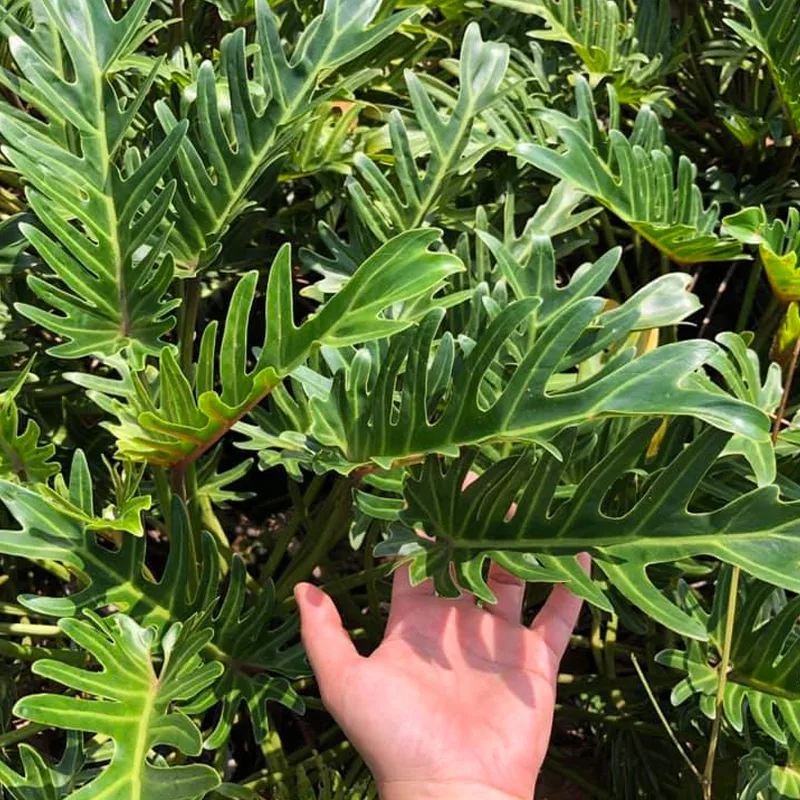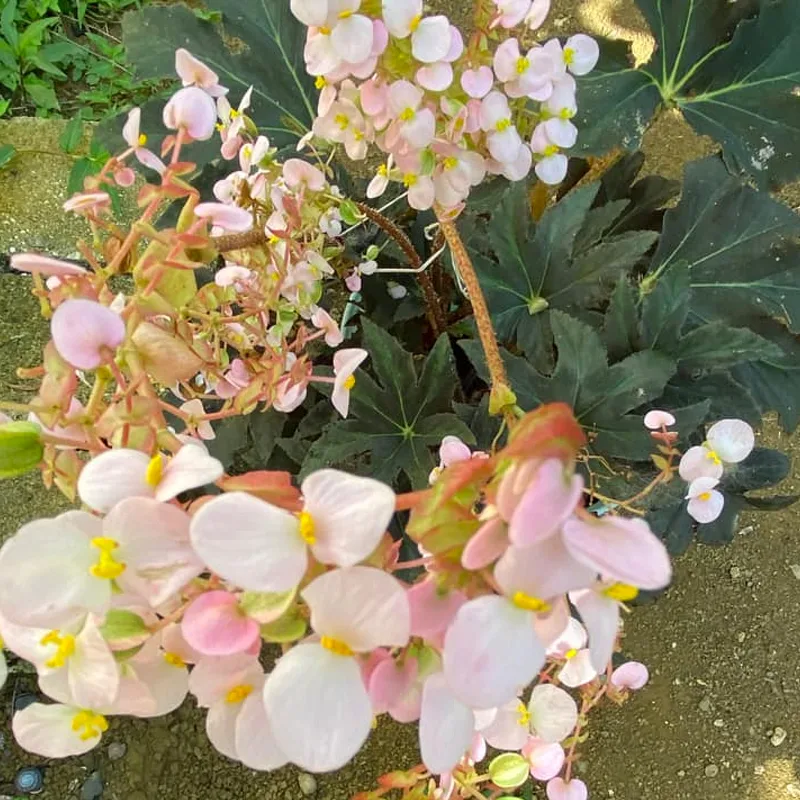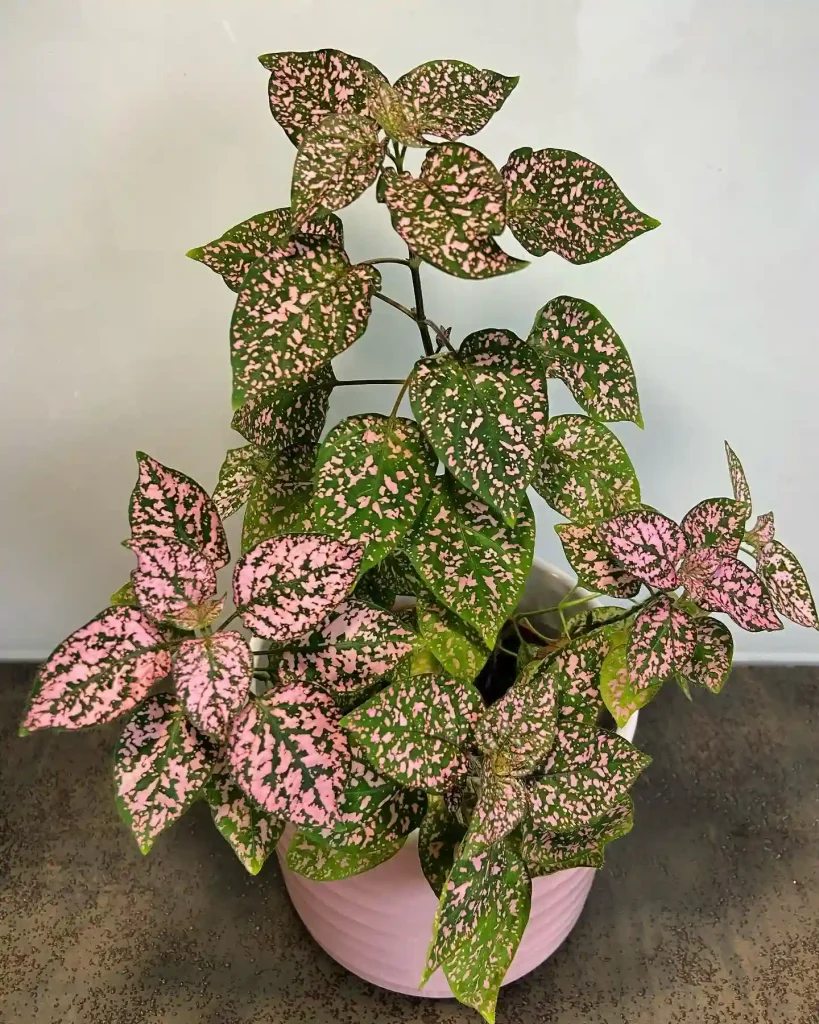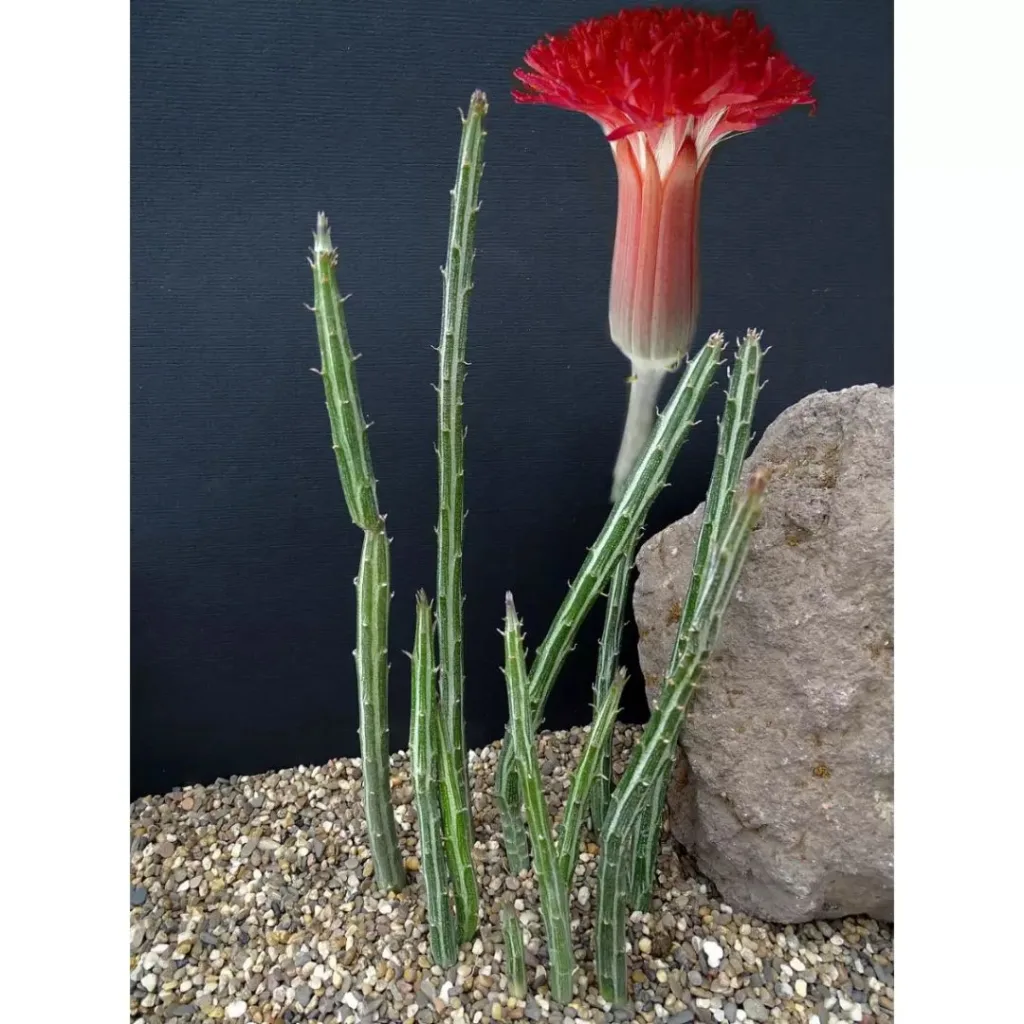Exploring the Fascinating Droseraceae Family: A Personal Journey
As a plant enthusiast, my curiosity has often drawn me toward unique and captivating families within the plant kingdom. One such family that has captured my attention is the Droseraceae family. Comprising some of the most extraordinary carnivorous plants, this family includes the fascinating genera Aldrovanda, Dionaea, and Drosera. Each genus has its own distinct characteristics and adaptations that make them a joy to study and cultivate. Join me as I delve into the world of Droseraceae, sharing insights from my personal experiences with these remarkable plants.
Aldrovanda: The Waterwheel Plant
Aldrovanda is commonly known as the waterwheel plant, and for good reason. This floating carnivorous plant can be found in shallow waters across Europe, Asia, and Australia. My first encounter with Aldrovanda was nothing short of magical. I remember spotting it in a serene pond, its slender, whorled leaves resembling miniature waterwheels, poised to capture unsuspecting prey.
What makes Aldrovanda truly special is its unique trapping mechanism. The traps, which are actually modified leaves, snap shut in less than a second when triggered by prey, such as small insects or crustaceans. Witnessing this rapid response in action was a highlight of my exploration. It reminded me that nature has its own version of a high-speed chase.
Cultivating Aldrovanda has its challenges, primarily because it requires specific water conditions. I learned the importance of maintaining the right pH levels and ensuring the water is nutrient-poor. This experience deepened my appreciation for the plant’s evolutionary adaptations, demonstrating how it thrives in environments that would typically be inhospitable to most plant species.
Dionaea: The Iconic Venus Flytrap
Dionaea Muscipula in Genus Dionaea – Venus Fly Trap
When it comes to carnivorous plants, the Dionaea muscipula, or Venus flytrap, is perhaps the most recognizable member of the Droseraceae family. I vividly remember my first encounter with a Venus flytrap in a local botanical garden. The image of its jaw-like traps, complete with spiky “teeth,” fascinated me. It was like meeting a living legend.
Dionaea’s trapping mechanism is nothing short of ingenious. The traps open wide, waiting patiently for unsuspecting insects to wander in. Once triggered by tiny hairs on the inner surface, the traps snap shut with remarkable speed. This rapid closure caught my attention, and I made it a point to observe the process closely, fascinated by the precision and timing involved.
In my experience, growing Venus flytraps requires understanding their specific needs. They thrive in bright, direct sunlight and prefer a humid environment. I learned the importance of using distilled water, as tap water can harm these delicate plants. The journey of nurturing a Dionaea has been rewarding; I’ve witnessed the joy of watching them grow and develop their iconic traps. Each new trap is a reminder of the beauty of evolution and adaptation.
Drosera: The Sundew Marvel
Drosera, or sundews, encompasses a diverse array of species, all equipped with sticky glandular hairs that capture and digest prey. My fascination with sundews began with Drosera capensis, one of the easiest species to cultivate. I remember my initial excitement when I first saw the glistening droplets on its leaves. They looked like tiny diamonds, each serving as a trap for unwary insects.
One of the most striking aspects of sundews is their incredible diversity. From the small, rosetted forms of Drosera spatulata to the impressive size of Drosera regia, the sheer variety within the genus is astounding. I often find myself researching different species and dreaming of creating a sundew garden that showcases their unique beauty.
Cultivating Drosera has taught me valuable lessons about patience and care. These plants thrive in nutrient-poor soils and require high humidity levels. I’ve experimented with various growing mediums, from sphagnum moss to peat mixes, learning what works best for different species. Each successful growth is a victory, reminding me of the delicate balance required to care for these carnivorous wonders.
The Ecological Importance of Droseraceae
The Droseraceae family plays a significant role in their ecosystems. These plants help regulate insect populations and contribute to nutrient cycling in their environments. I’ve often marveled at how plants that thrive in nutrient-poor conditions can contribute to the health of their habitats. My experiences with these plants have inspired me to advocate for their conservation, emphasizing the need to protect their natural habitats.
Conclusion: A Lifelong Passion
My journey through the world of the Droseraceae family has been one of discovery and wonder. Each genus—Aldrovanda, Dionaea, and Drosera—offers unique insights into the adaptations and resilience of plants. As I continue to explore and cultivate these carnivorous marvels, I am reminded of the beauty of nature and the importance of preserving these incredible species for future generations. The Droseraceae family is not just a collection of plants; it is a testament to the diversity of life on our planet.
If i die, water my plants!



